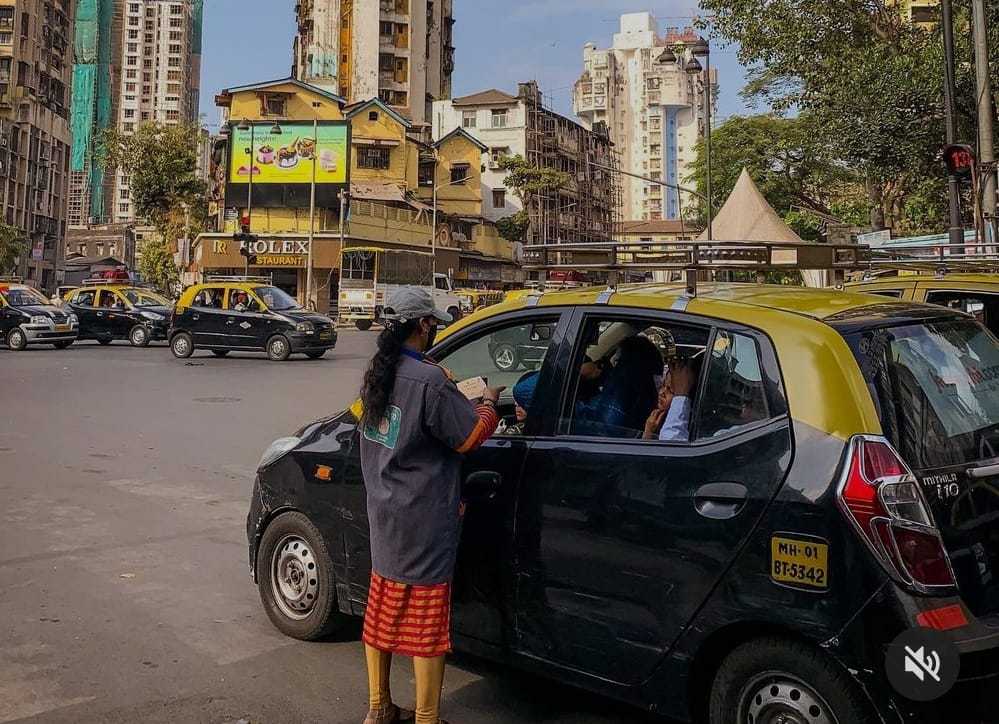Mumbai is the most stressful city to drive in globally, according to a study by Hiyacar, a UK based car sharing company. It is also ranked 5th in global vehicular congestion by the TomTom traffic index of 2021, a global traffic index. Not surprisingly, traffic congestion, road rage incidents and the stress of commuting long distances to work is adversely affecting the physical and mental health of drivers.
Additionally, the state of the city’s roads, poorly built, burdened by pothole and unsafe dividers has led to a 15% increase in road accidents in the first six months of 2021. Deaths due to accidents increased by 22% in the same period as compared to the preceding year.
Deterrents to car ownership
According to the state economic survey report of 2019-2020, Mumbai’s vehicle density of 1900/km is 15 times higher than the 123/km in the rest of state combined. The number of cars per capita is increasing at roughly 10% every year, while the length of the roads has remained almost the same. In December, the state transport department’s 2021 statistics showed a 47% rise in private vehicle registrations since the previous year. The result is less space for parking, parks and other recreational facilities.

Trupti Amritwar Vaitla, Chief Executive officer of Mumbai Environment and Social Network, an NGO working towards sustainable mobility in Mumbai is an architect and urban designer and is currently associated with various research projects related to Mumbai’s public spaces and transport issues. In this interview to Citizen Matters, she answers questions about rising car ownership in Mumbai, and possible solutions towards managing this growing crisis. Excerpts from the interview.
Some citizens I spoke to find cars more comfortable and convenient than public transport, despite the costs. But, given the city’s congestion and commuting woes, what alternative do they have?
It’s not just a status symbol but an aspiration for many. A majority of the city still lives in slums and income disparity is growing. The invention of the car is only 120 years old. Considering its technological advancements, modern cars should be more costly in India today. But due to the mass production we have been able to make car ownership more affordable and accessible to the masses.
The Brihanmumbai Municipal Corporation (BMC) had set up a team of experts in 2021 to frame a parking policy. The team had found that, “only about 45% space of public parking lots are used by the 34 lakh vehicles registered in the city.” Your comments?
Land is limited in a city like Mumbai, and an expensive resource. Every vehicle purchased requires space for moving and parking.
Unfortunately, instead of prioritising street parking management, there is a preference to incentivise multi-level off-street parking facilities by funding or providing subsidies for public parking for private vehicles. This is not in alignment with parking demand management and sustainable mobility principles.
Most do not recognize the obvious shortcomings of a private car, which takes 500 sq ft of road space to drive. The need for space increases with the speed of the car. Even when stationary, it requires 150–200 sq ft of space. For every vehicle purchased, a minimum of three locations are required for parking. There is a need to create awareness regarding the space issue in Mumbai.
We will have to find a balance between private vehicle ownership and public transport like buses, trains, shared taxis, autos and bicycles. But in the current absence of this balance, we might witness a complete standstill of mobility for all vehicles, because of congestion and parking. It’s a vicious cycle.
What is the solution here?
Private vehicles are growing at a rate of 10% per annum. But the need for parking spaces will grow three times the growth rate of cars, or 30% per annum, which will create a major crisis situation for parking, ultimately leading to more congestion than we see now.
The notion that parking is free infrastructure to be provided by the state is where the problem lies.
Read more: Is Mumbai a step closer to solving its parking crisis?
The provision of multi-level off-street parking facilities receives the most funding, and is lauded as an ideal solution, without any effort towards on-street parking management.
The cost of a multi-level parking facility is not inclusive of land cost, which will inevitably be higher than the construction cost. To recover even construction costs, public and private bodies need to collaborate to optimise cost of land and construction. Very high parking fees will thus have to be charged to recover this cost in three to five years’ time.
Will citizens pay such high parking fees?
People buy cars because they don’t have to think of parking cost. Only when they understand the market value of parking space will they get discouraged. There is a need for on-street parking management with regulated priced parking, as that is the most effective demand management strategy to control rapidly growing private vehicles.
We need to realise that more parking supply is a magnet for more vehicles. Abundant parking supply gives rise to more parking demand and the vicious demand-supply cycle goes on, adversely impacting sustainable mobility.
We can certainly take inspiration from other cities and countries, but we cannot blindly copy them. We have our unique challenges with regard to density, ambiguity of land ownership, income disparity, informality and much more.